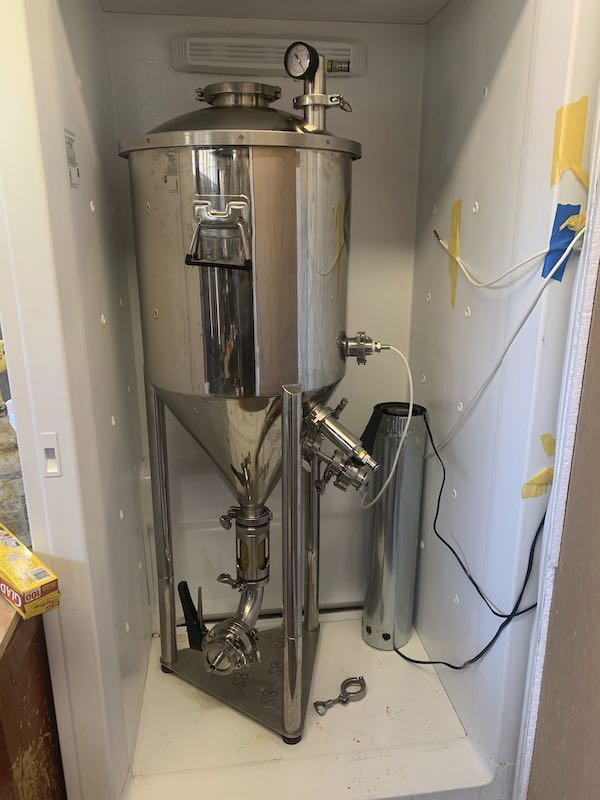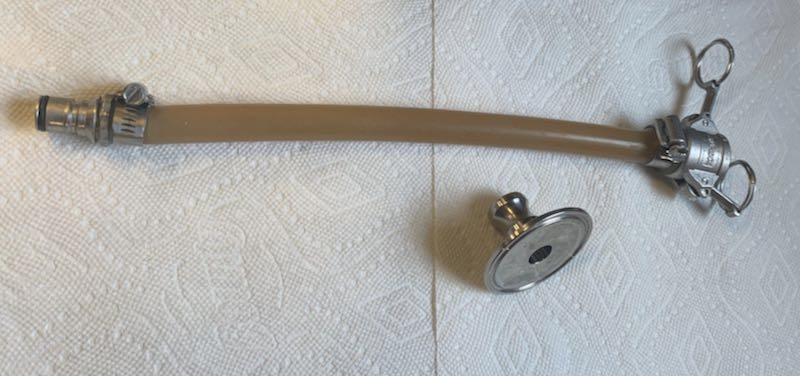I am curious about a couple ideas you mention. What do you mean hang the carb stone from the lid? I guess not going with the Spike unit...still I don't see how you can do that without compromising the PRV on the manifold. Really don't want to do that especially in conjunction with pressurizing the vessel.
I'll use this.

Attach the PRV/manifold on one side port and a TC ball lock post on the top port. I'll put in a liquid dip tube from a keg and attach a piece of 3/16" Bevlex to the end of it. Then attach a barb x MFL fitting on the other end of the tube and a MFL x carb stone to that.










































![Craft A Brew - Safale S-04 Dry Yeast - Fermentis - English Ale Dry Yeast - For English and American Ales and Hard Apple Ciders - Ingredients for Home Brewing - Beer Making Supplies - [1 Pack]](https://m.media-amazon.com/images/I/41fVGNh6JfL._SL500_.jpg)




















